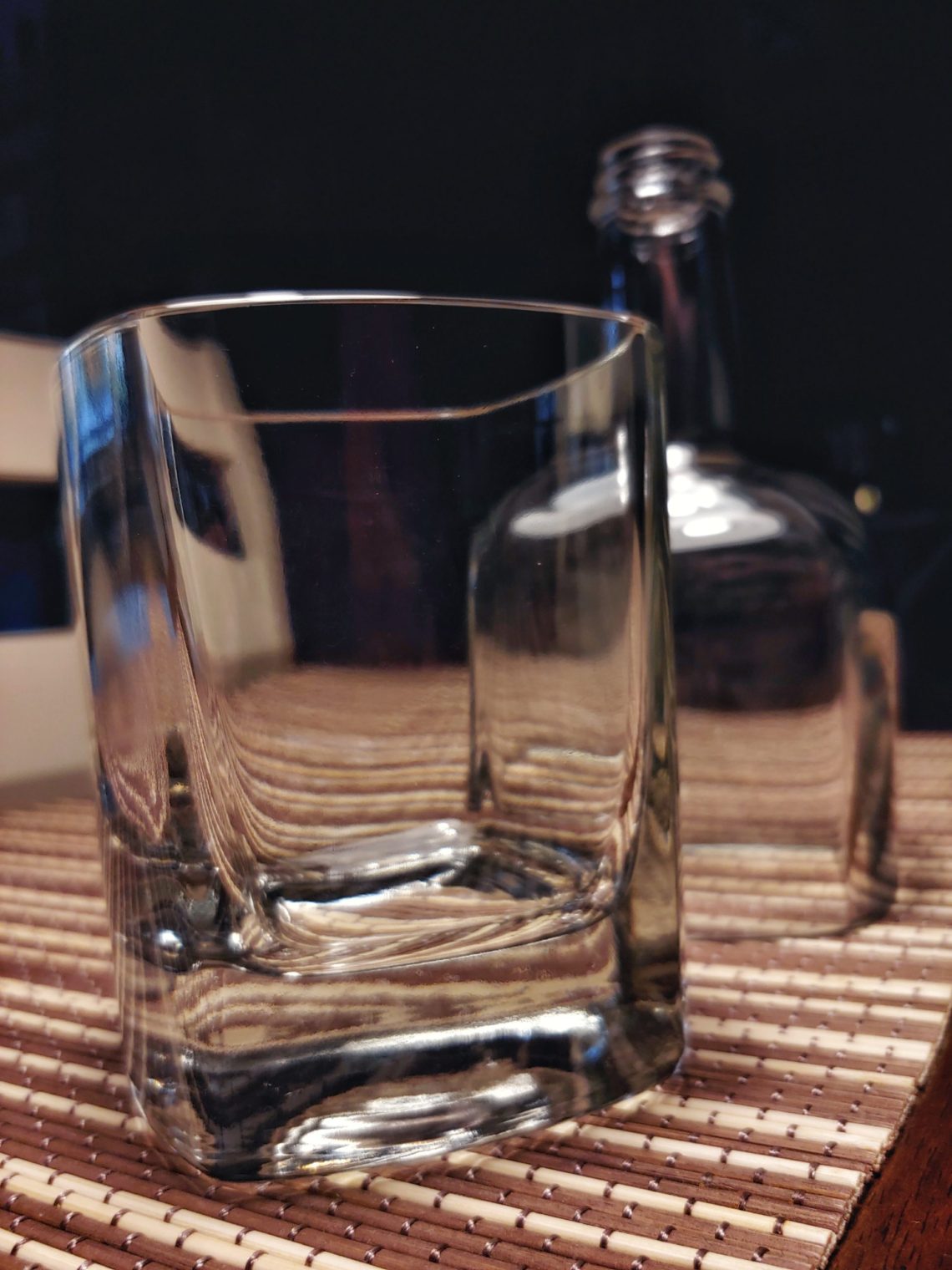
Square gin bottle cut
Rhubarb gin, very tasty if I may say so, in a bottle that could be used for a few projects. I was lucky with this one as it cracked as planned and gave me 2 parts, the bottom one could be a drinking glass and the top one, probably be some decorative lighting with a wooden base. Thick walls, clear glass, flat bottom. It would be way easier to process it if the bottle was round, but that project was a little more challenging and time-consuming, more rewarding though. As always it was done step by step: removing the labels, cutting a line with my fixture and cracking the glass with boiling and cold water.
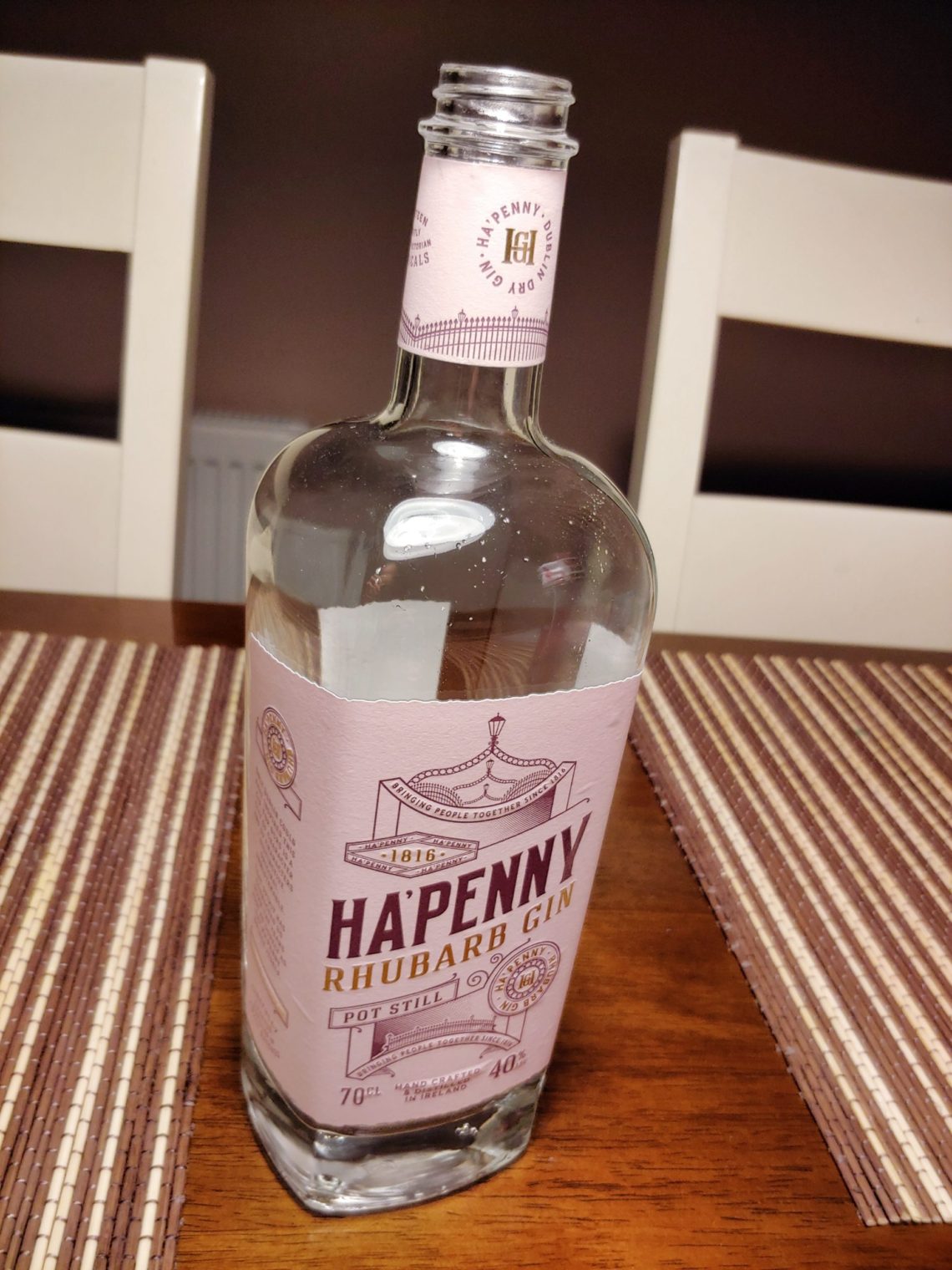
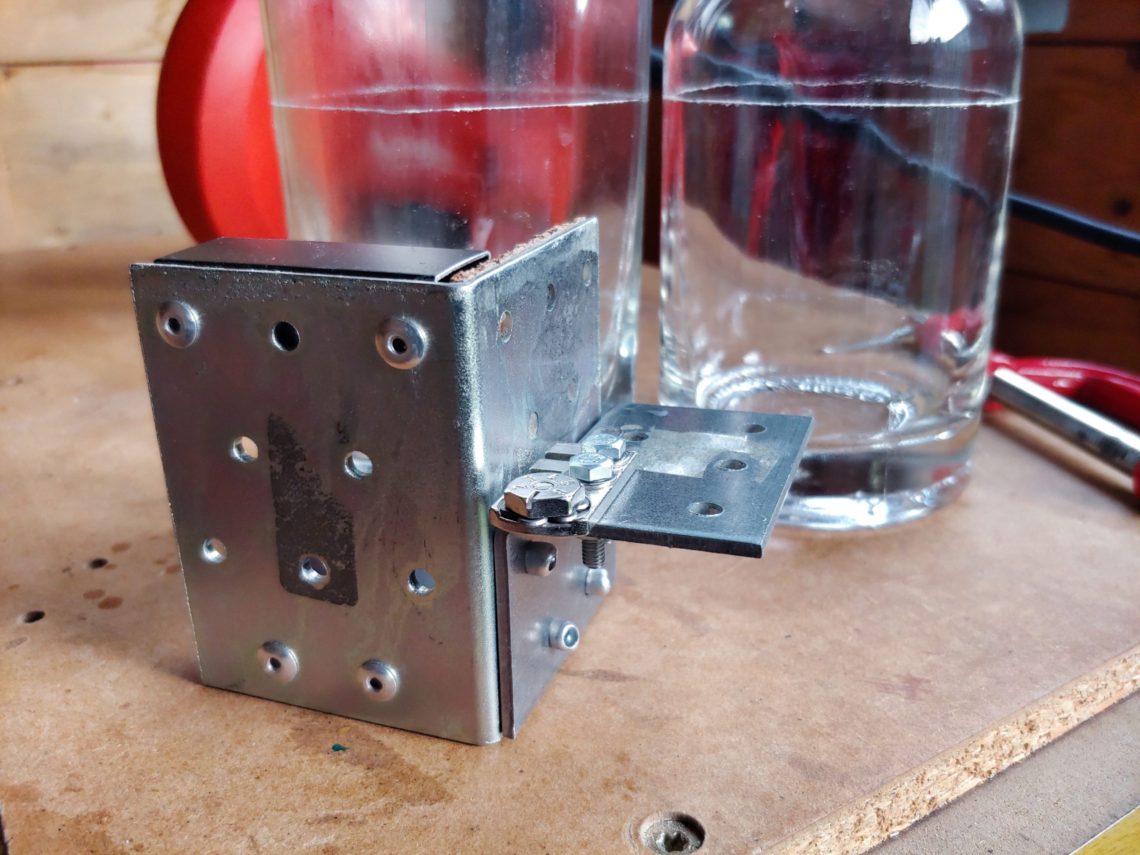
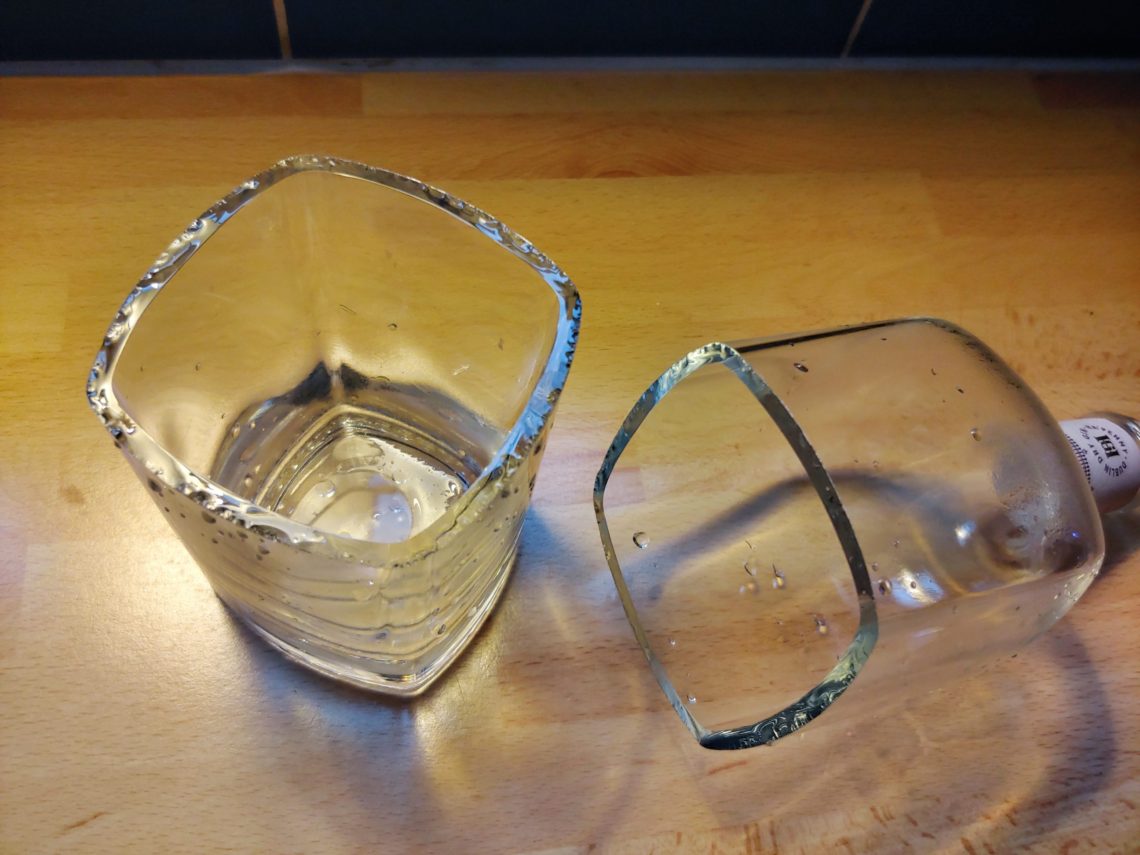
Sanding was next. As always I started with top edges and then created a little bevel on the outside. Discs from 40 to 3000 grit were used progressively, at 400 grit I started to “cut” the bevel. That method always works fine for me, I do it every time and never have any issues with it.
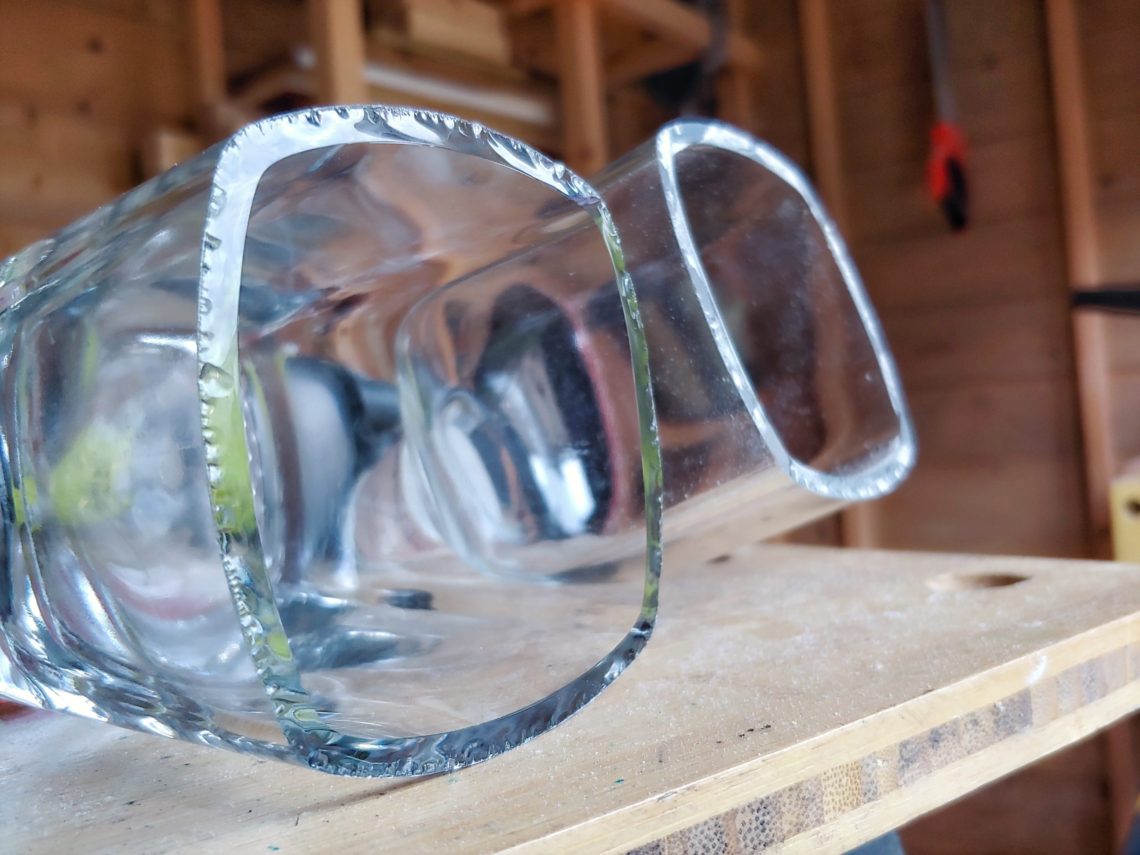
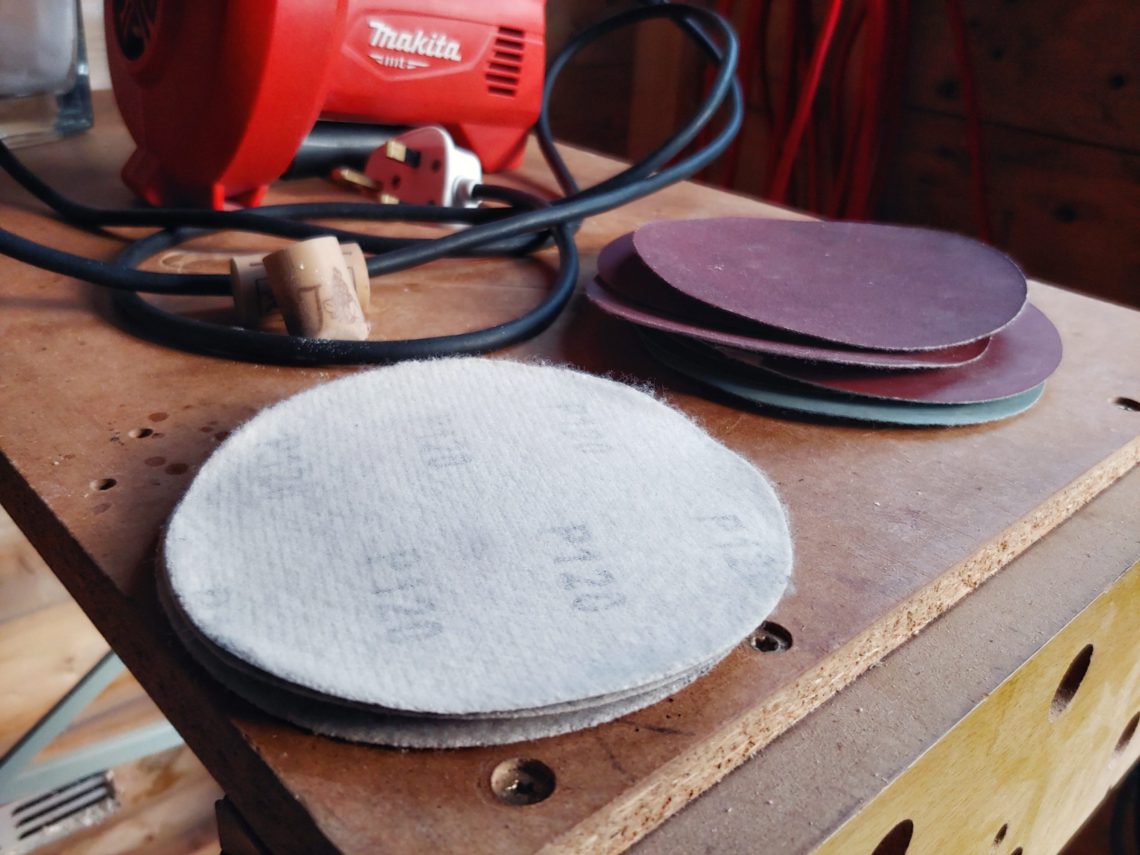
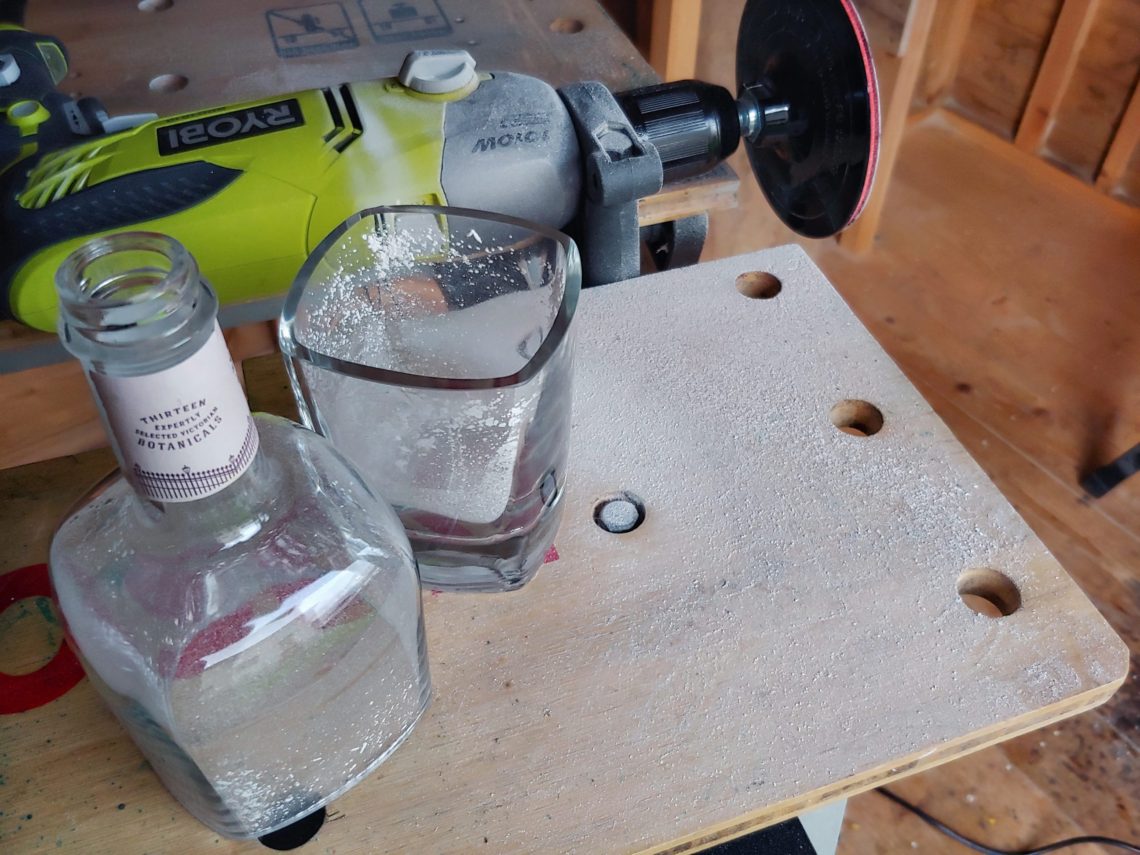
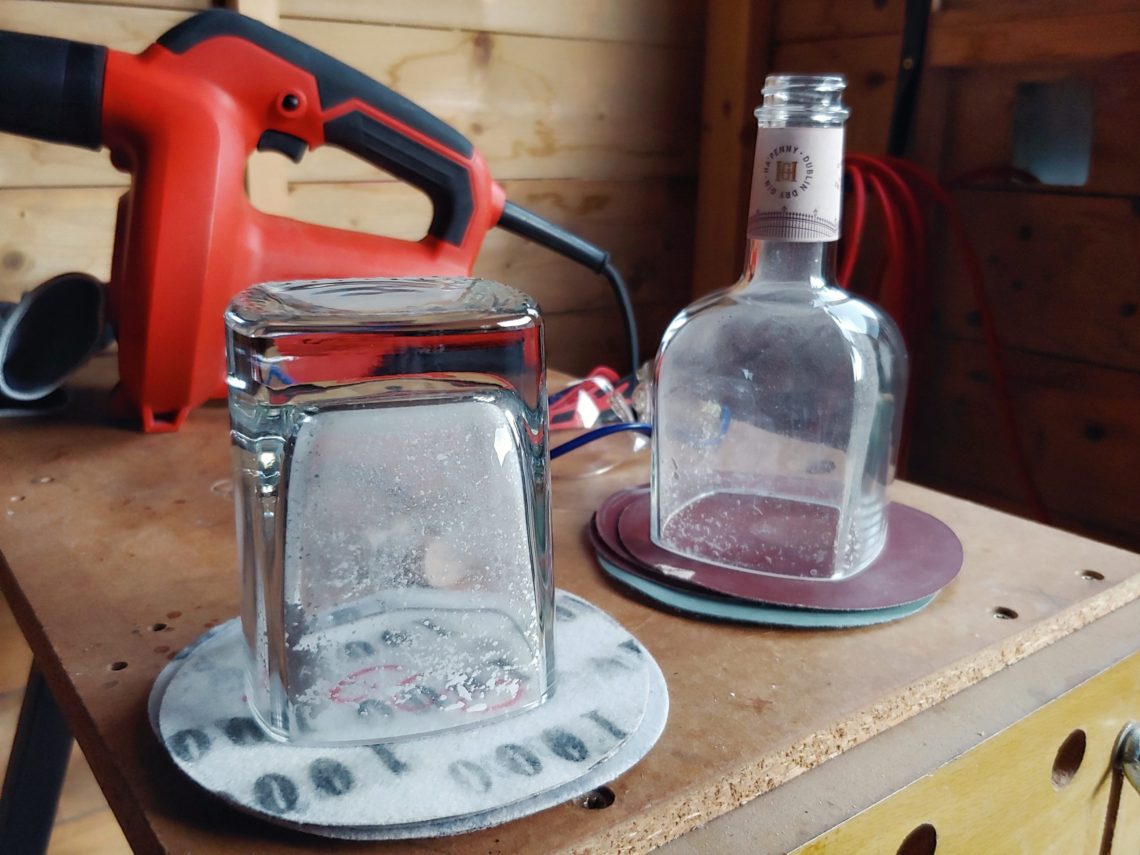
Once I was happy with the top edges and the bevels I installed 240 grit sanding sleeve onto my 1/2″ mandrel. That had to be the smallest I had because the corners were really tight. I next switched to 400 grit, and that was all the grit selection I had for the 1/2″ mandrels. To create more grits on the fly, I simply increased the rotating speed to the maximum and that kind of cheating gave me a nice finish. The price I paid was a completely worn sanding sleeve.
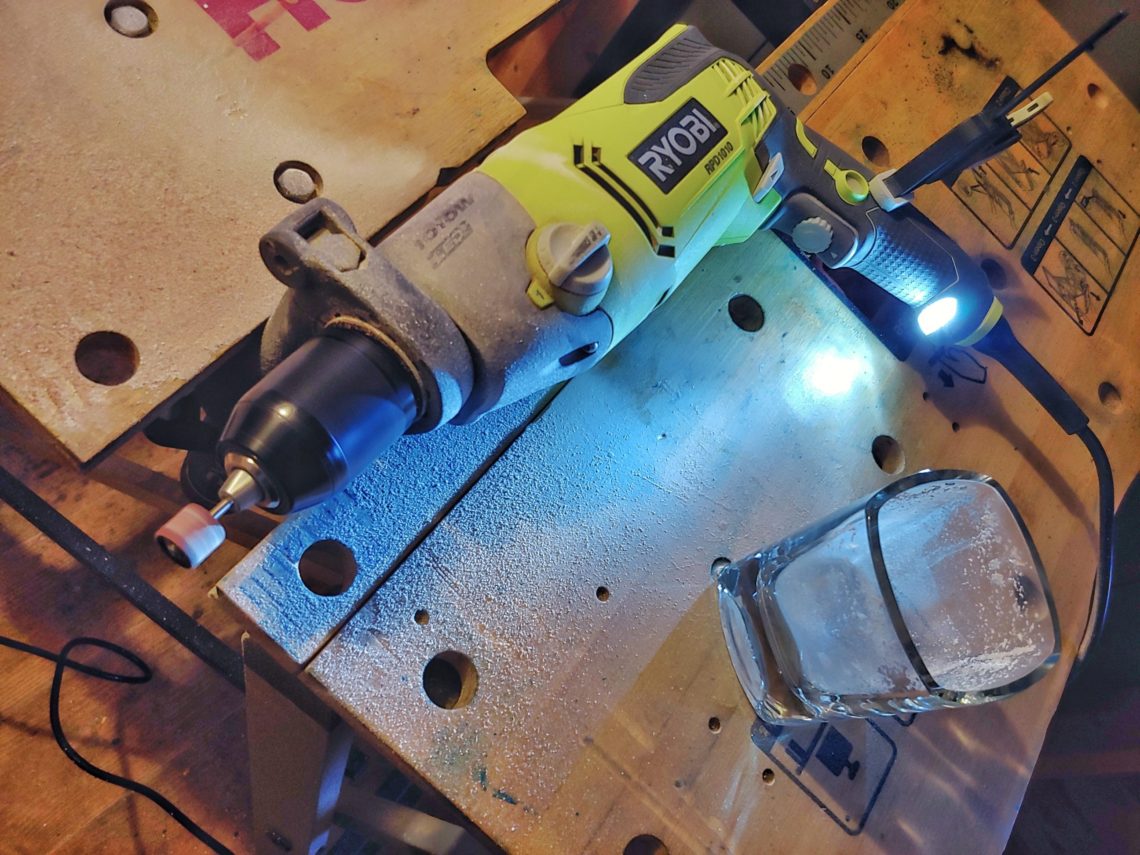
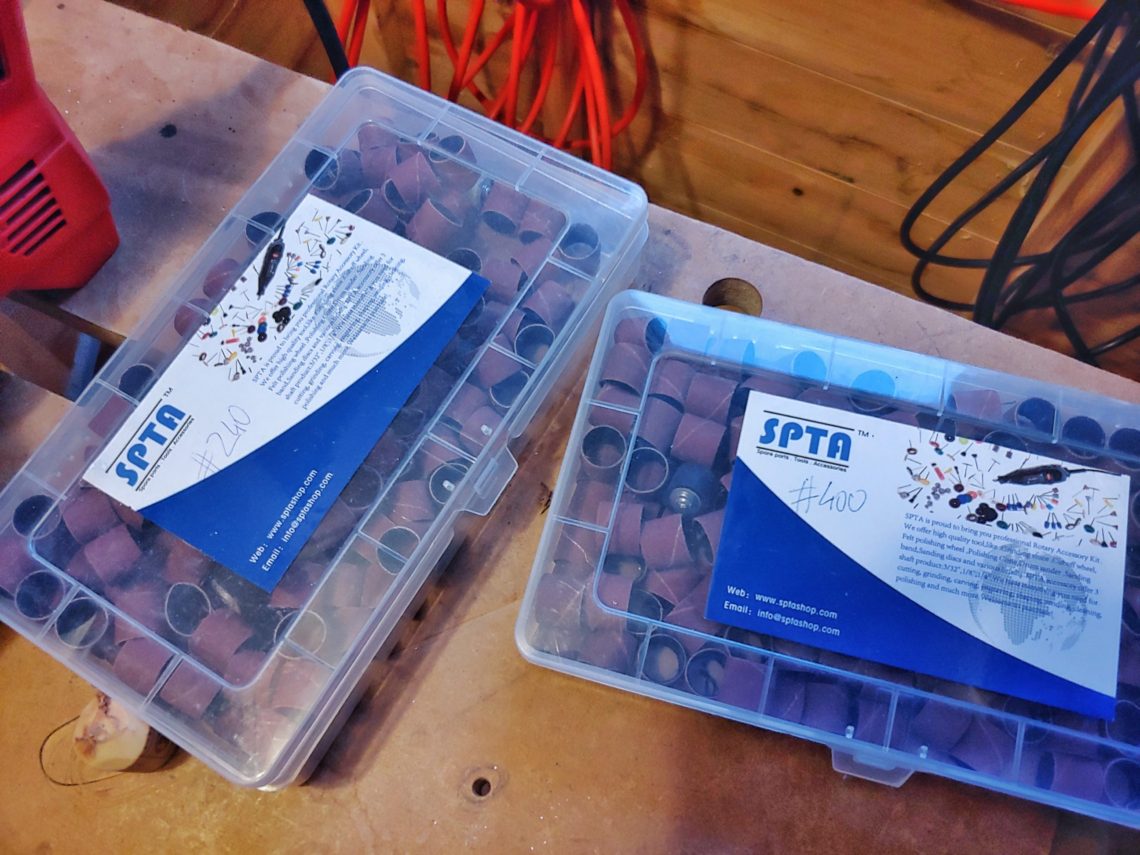
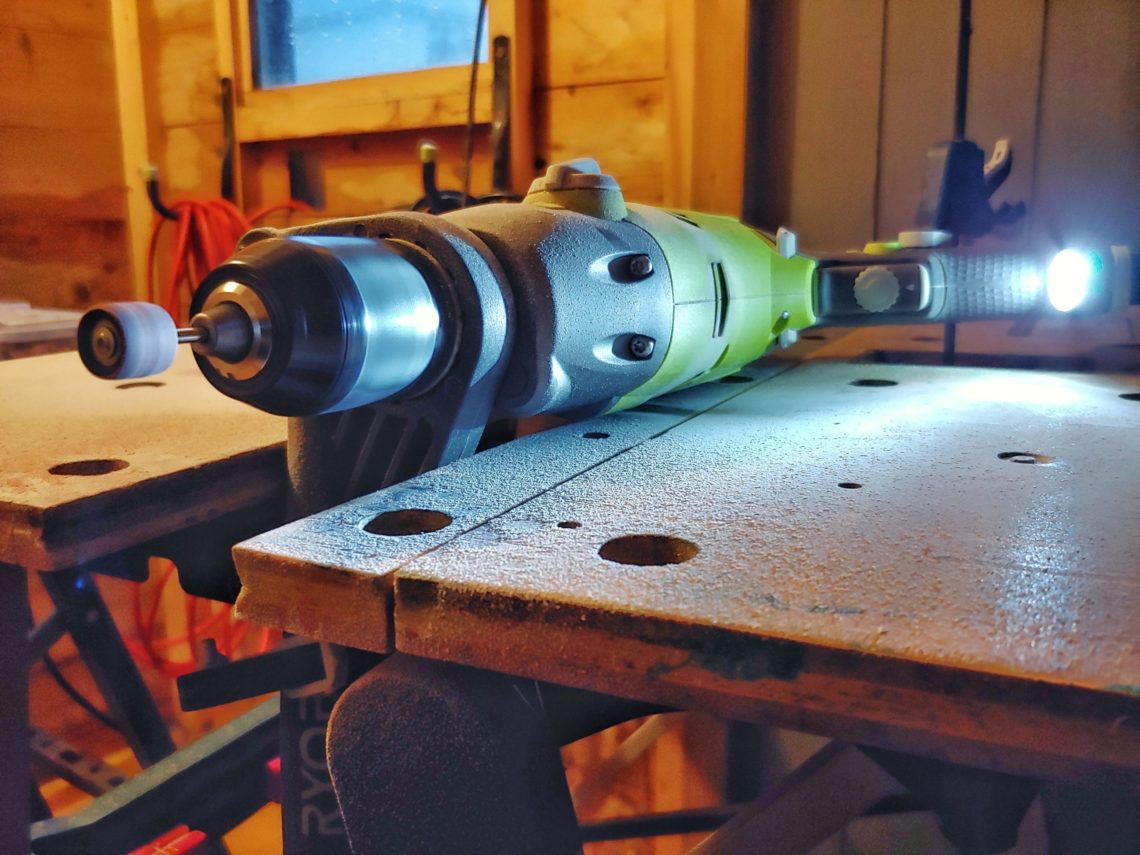
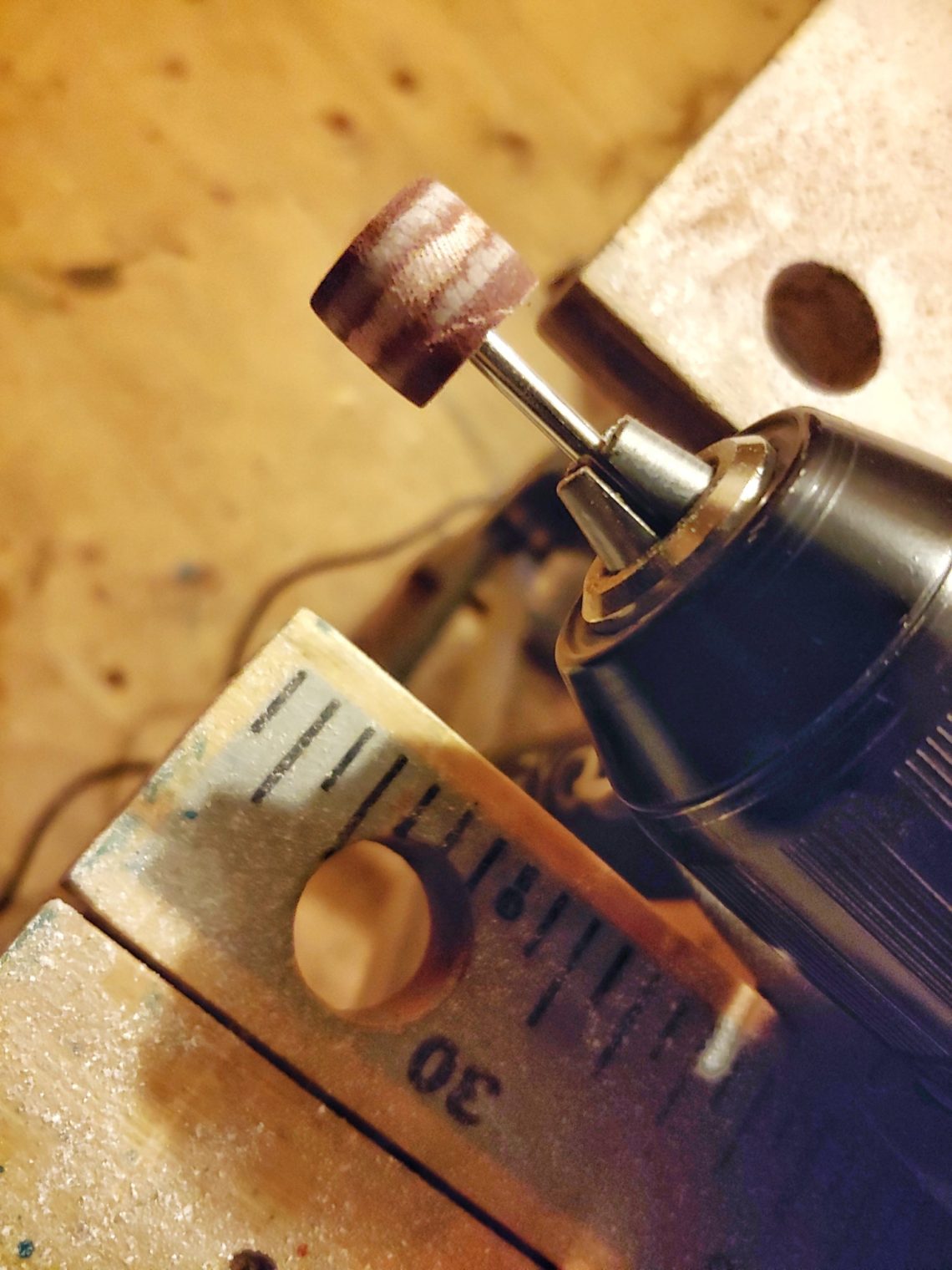
Sticking to small mandrels, I switched to a felt one and used it with a polishing compound. Then I realised that the big felt wheel I had, due to its bevelled shape, could be used as well! To properly apply the compound to the felt mandrel and the disc I had to use high rpm and that literally melted the compound and made it more manageable. Once applied I increased the rpm’s even more to polish the surface.
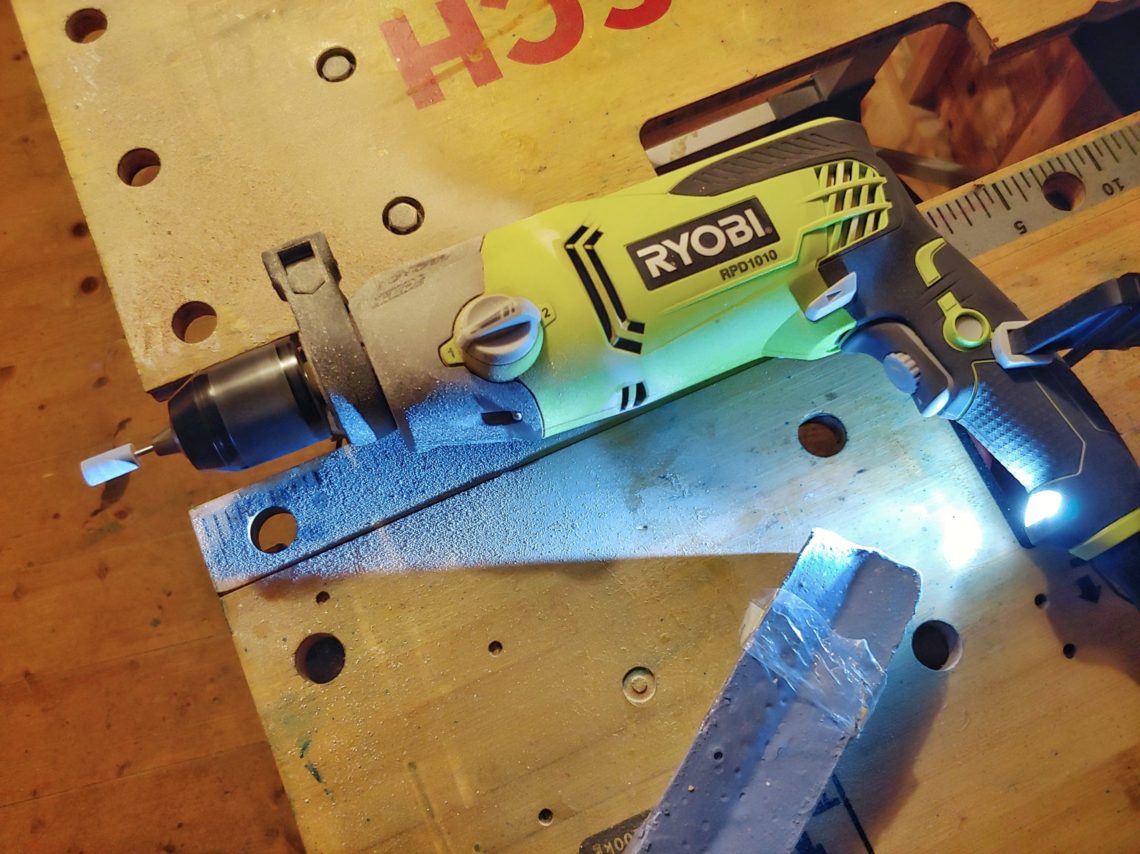
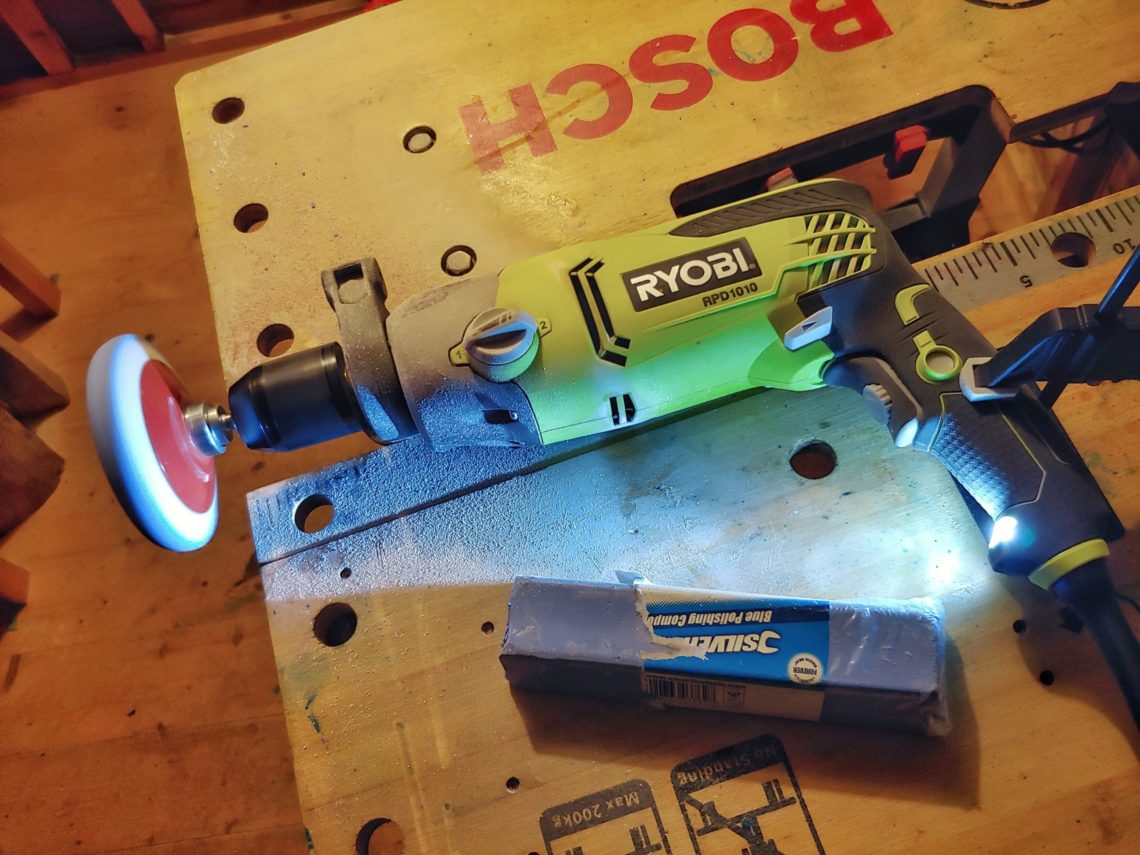
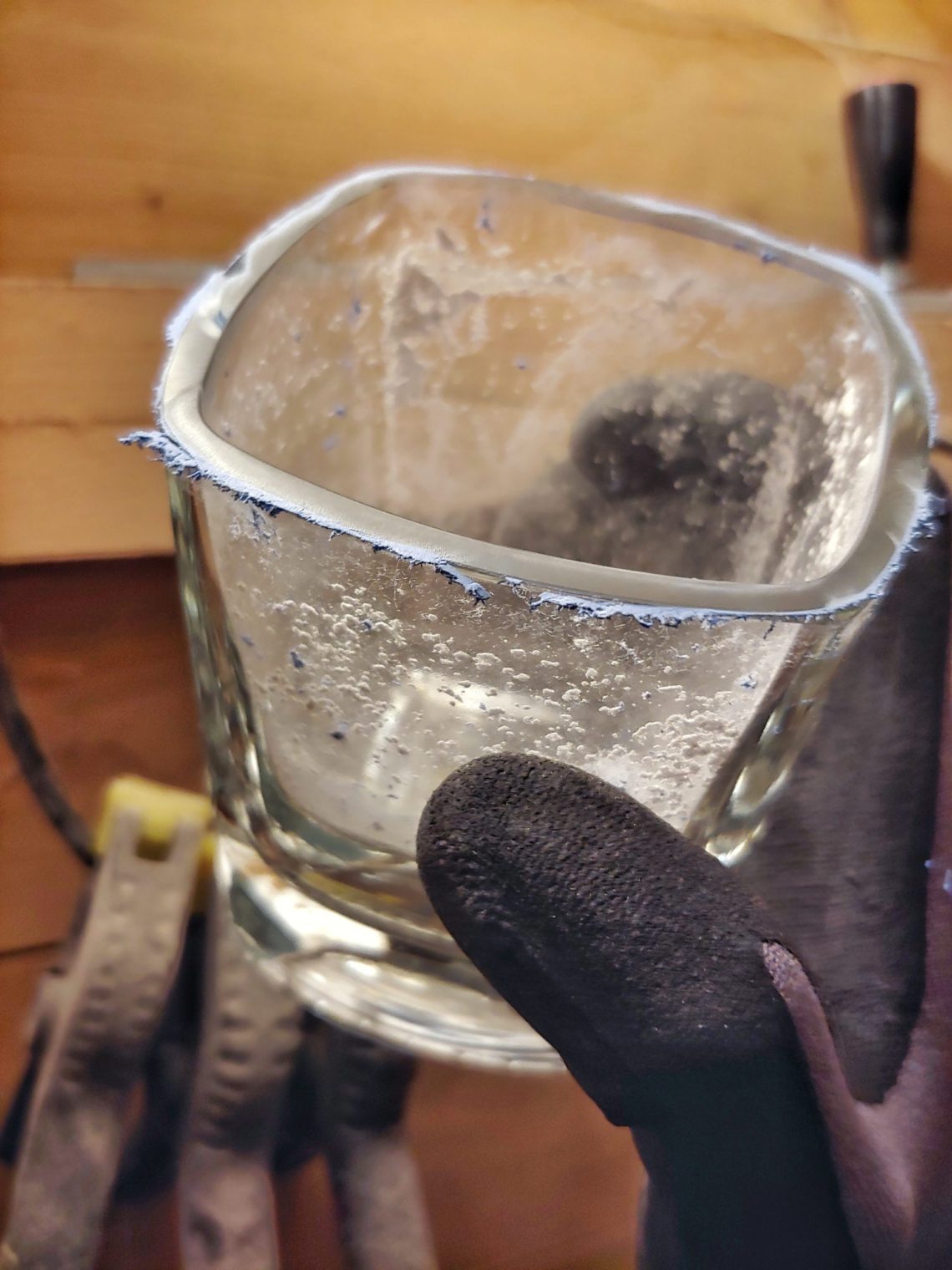
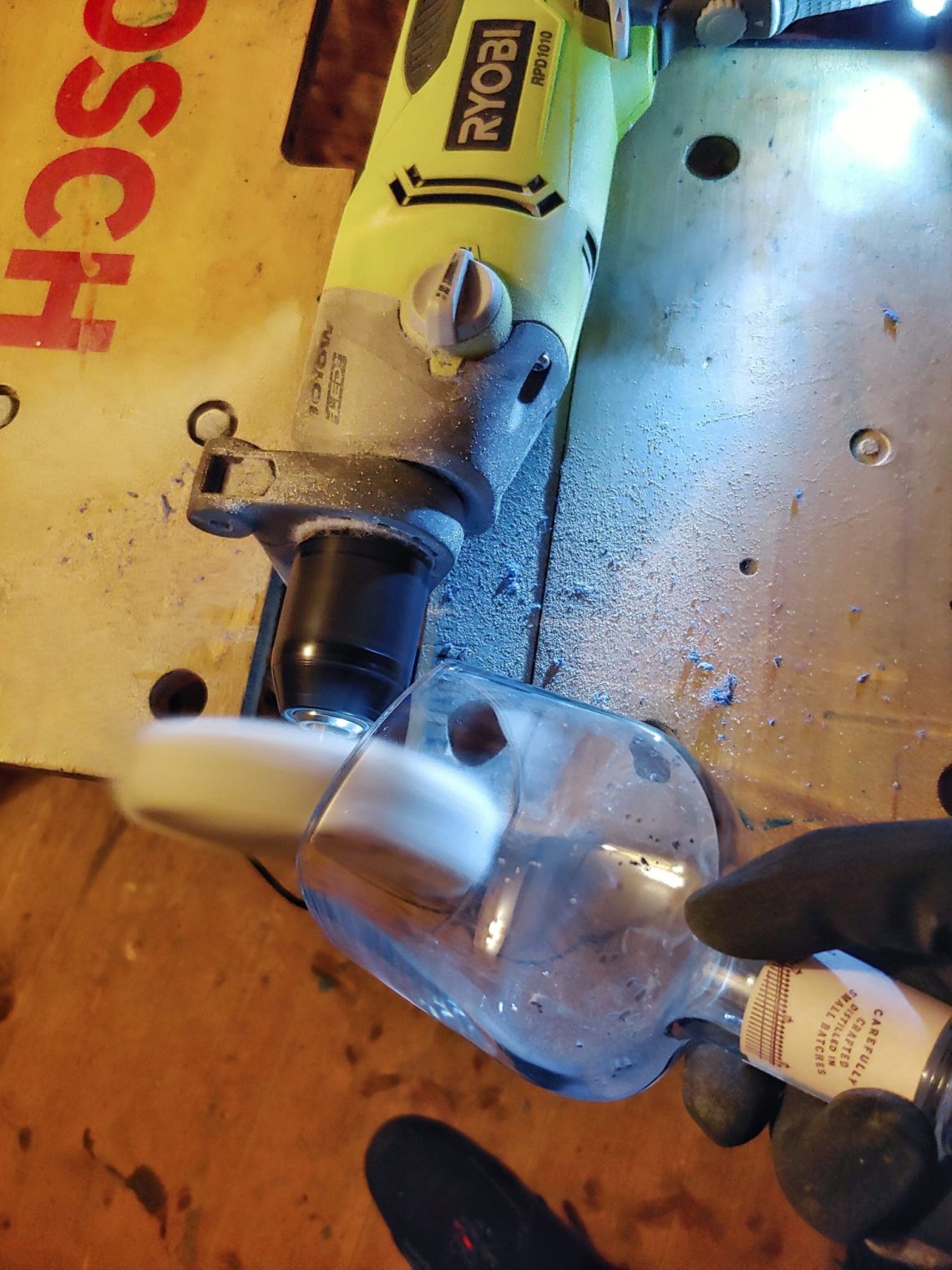
That gave me a hazy film, but I knew that underneath it was ready to go. I buffed the surface with a fluffy, cotton wheel and then washed the glass thoroughly using hot water and washing up liquid. When it dried I was able to call it done. The drinking glass was used straight away, but the top had to wait for a future project. Drinking from a square glass needs some practice, as only the corners can be used. Also, the glass is quite heavy and when filled up with liquids it lets you know what the force of gravity is for such a weighty object.

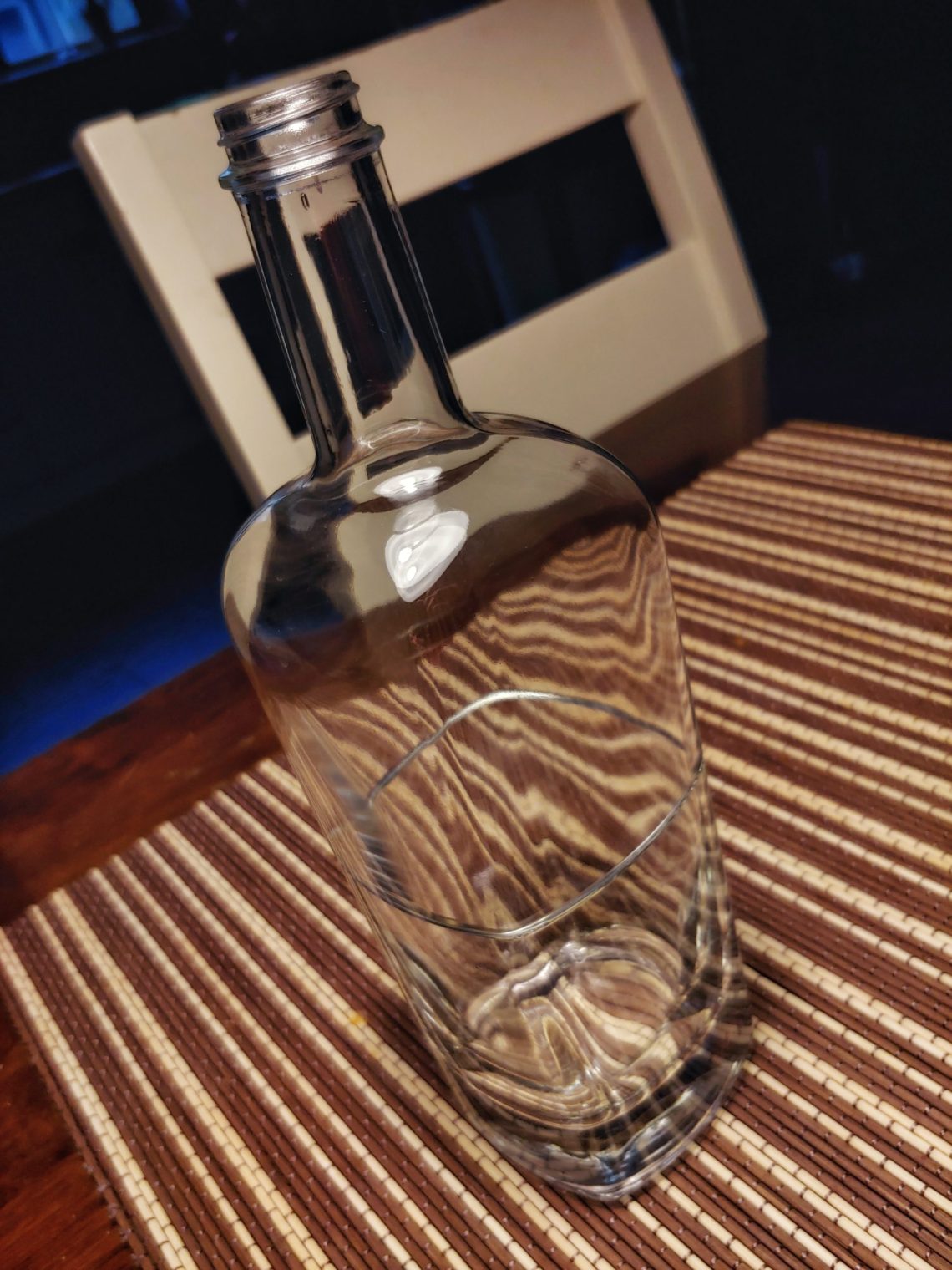
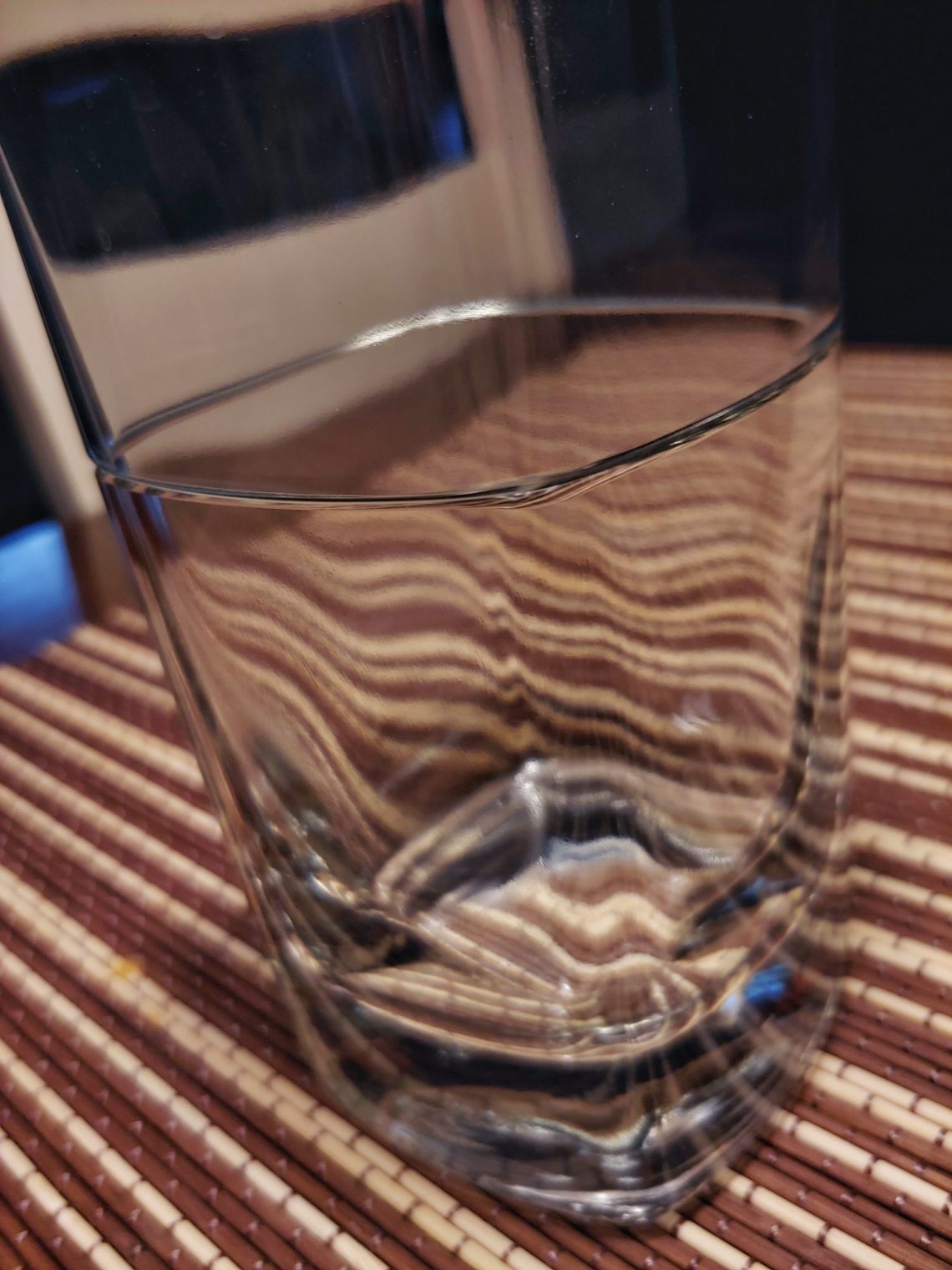
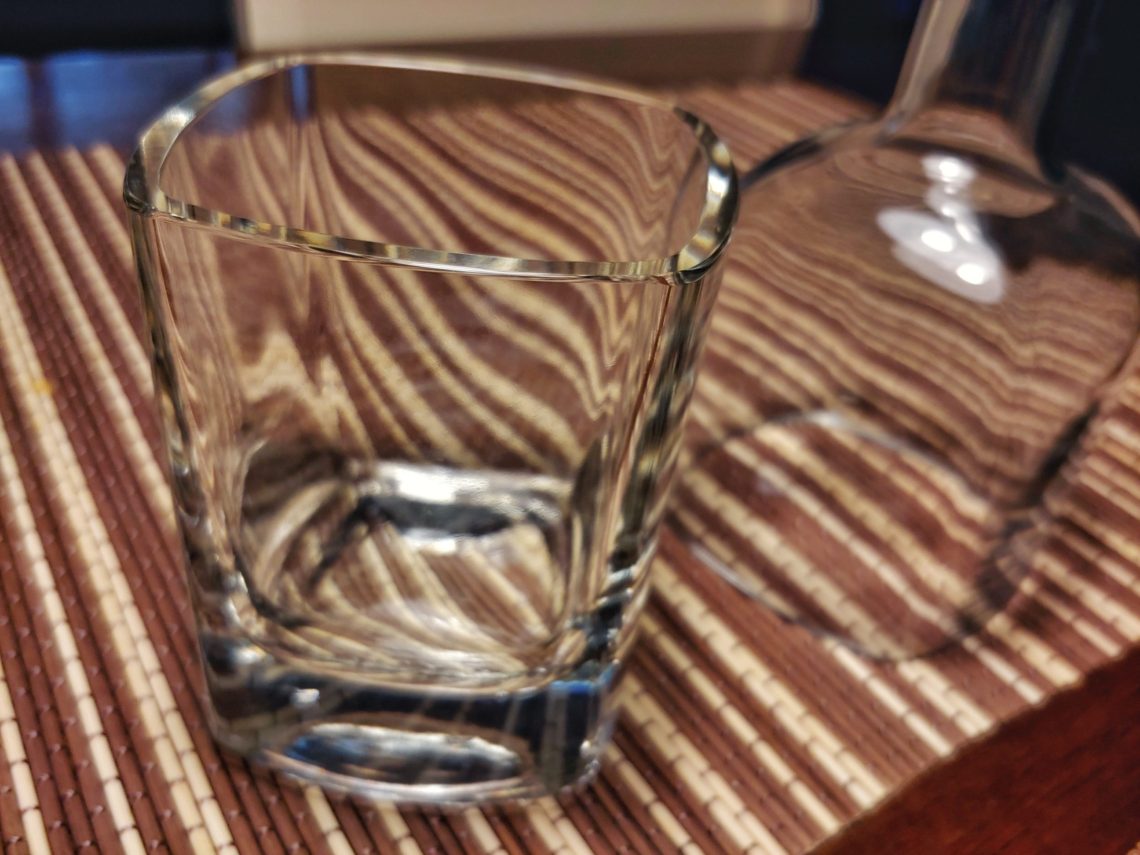
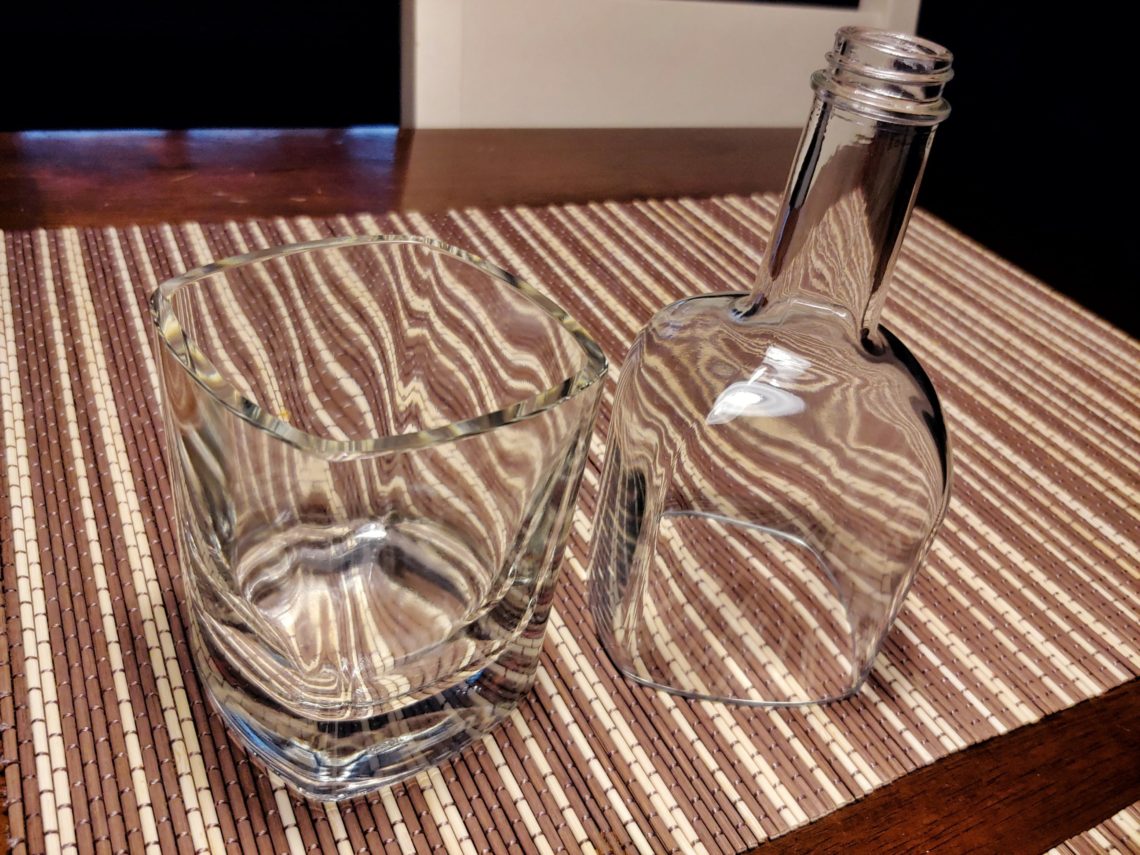



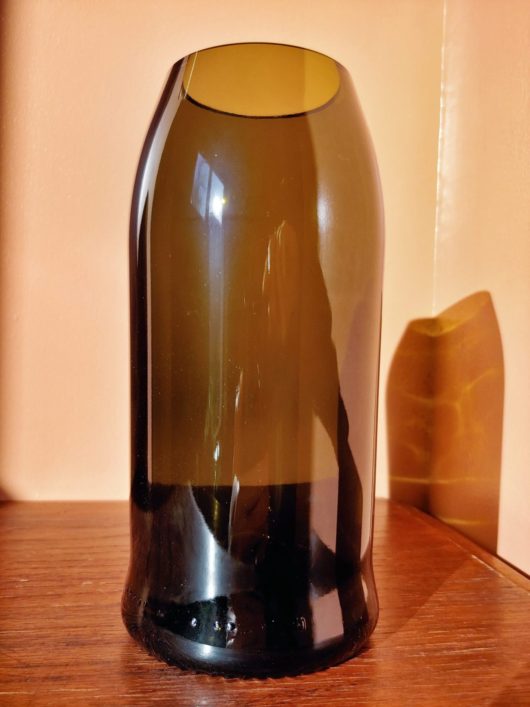
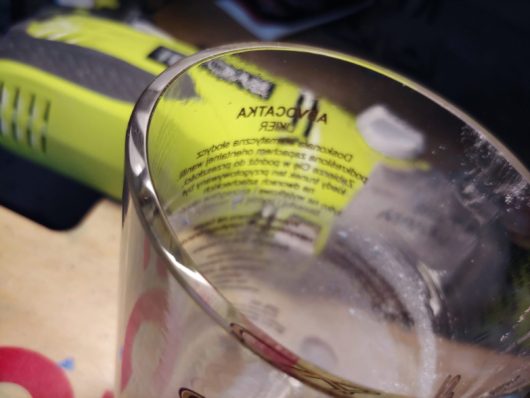
2 Comments
Pingback:
Pingback: